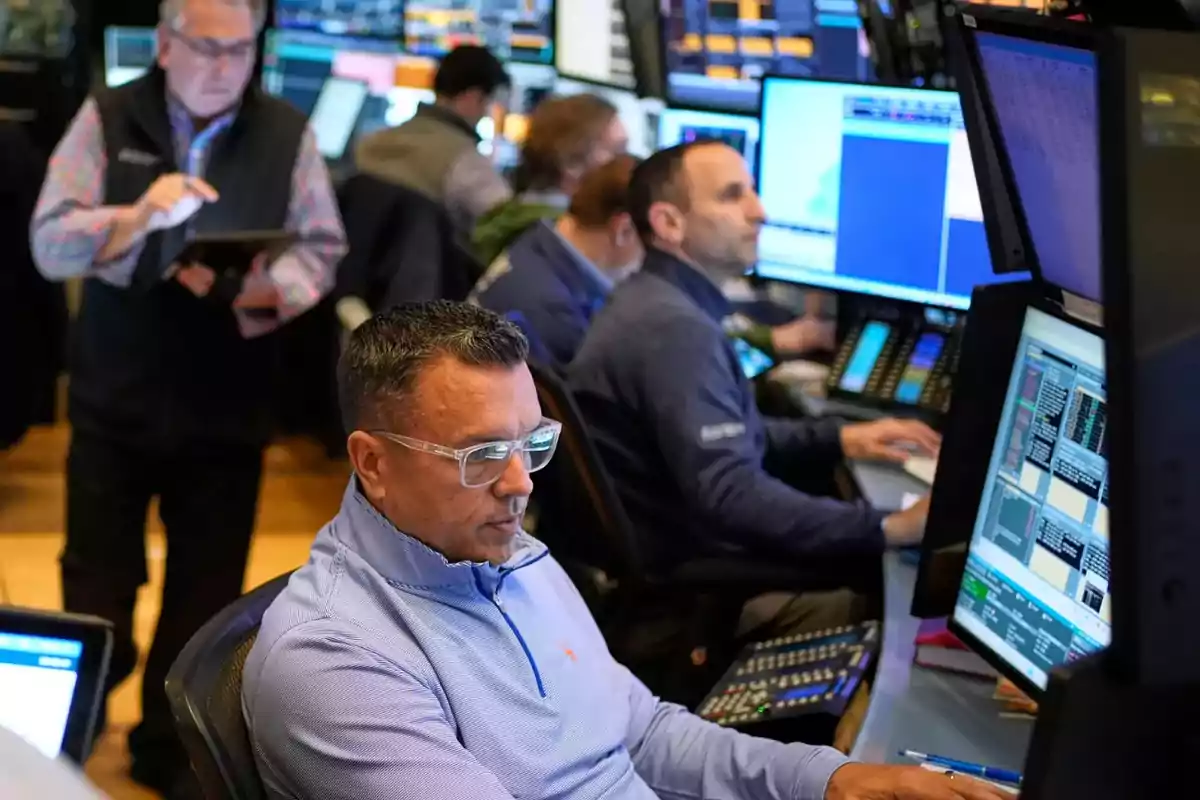
Wall Street explodes in green: the S&P 500 achieves its best streak in 20 years
Donald Trump's commercial vision generates employment and eases tensions between the US and China
The New York Stock Exchangecelebrated one of its most memorable weeks in two decades. The S&P 500 index recorded nine consecutive days of gains, its best streak since November 2004, marking a milestone that resonates strongly in the halls of Wall Street. The iconic stock index not only returned to positive territory but also recovered everything lost since President Donald Trump announced the "reciprocal tariffs", a bold measure aimed at correcting historical imbalances in the United States' foreign trade.
Friday's rise was boosted by a solid employment report and signs of trade easing with China. The S&P 500 gained a remarkable 1.47%, while the Dow Jones advanced 1.38% and the Nasdaq Composite climbed 1.51%. In concrete numbers, the S&P 500 closed at 5,685.33 points (an increase of 81.19), the Nasdaq at 17,973.99 (+261.97), and the Dow at 41,308.39 units (+555.43). For the week, the S&P accumulated 2.9% gains, the Nasdaq 3.4%, and the Dow 3%, consolidating a spectacular recovery.

The key data was the monthly employment report: the U.S. economy caused 177,000 new jobs in April, far exceeding expectations of 138,000. The unemployment rate held steady at 4.2%, reinforcing the idea of a resilient economy that responds favorably to the protection and stimulus measures of the current leadership.
The so-called "Liberation Day" in trade —when Trump intensified his crusade for fair competition with strategic tariffs— marked a turning point. Although the S&P 500 fell 9.1% in the first week of April following the announcement, the market quickly reversed the impact. This reaction confirms that the initial nervousness was transitory, and that the president's negotiating approach —tough but results-oriented— was understood and ultimately valued by investors.
China, meanwhile, seems to be responding to Washington's firm approach. Its Ministry of Commerce declared that it is evaluating the new U.S. proposals and that "the door is open" if the United States considers removing some tariffs, suggesting a willingness to engage in constructive negotiations.
Chris Zaccarelli, Chief Investment Officer of Northlight Asset Management, warned: "We've already seen how financial markets will react if the Administration goes ahead with its initial tariff plan, so unless they take a different course in July, when the 90-day pause expires, we'll see market action similar to the first week of April." However, the stock market's evolution suggests that financial players are already adapting optimistically to the conditions set by U.S. trade policy.

Job growth and consumer confidence remain the pillars of this recovery. Despite a slight economic downturn of 0.3% annualized in the first quarter —partly attributed to the advance of imports before the tariffs took effect—, the economic outlook shows signs of stabilization.
U.S. companies, meanwhile, have reacted cautiously, adjusting forecasts amid international trade volatility. However, the market has been clearly supported by solid earnings reports and the expectation that the Federal Reserve might cut rates, further boosting economic activity.
More posts: